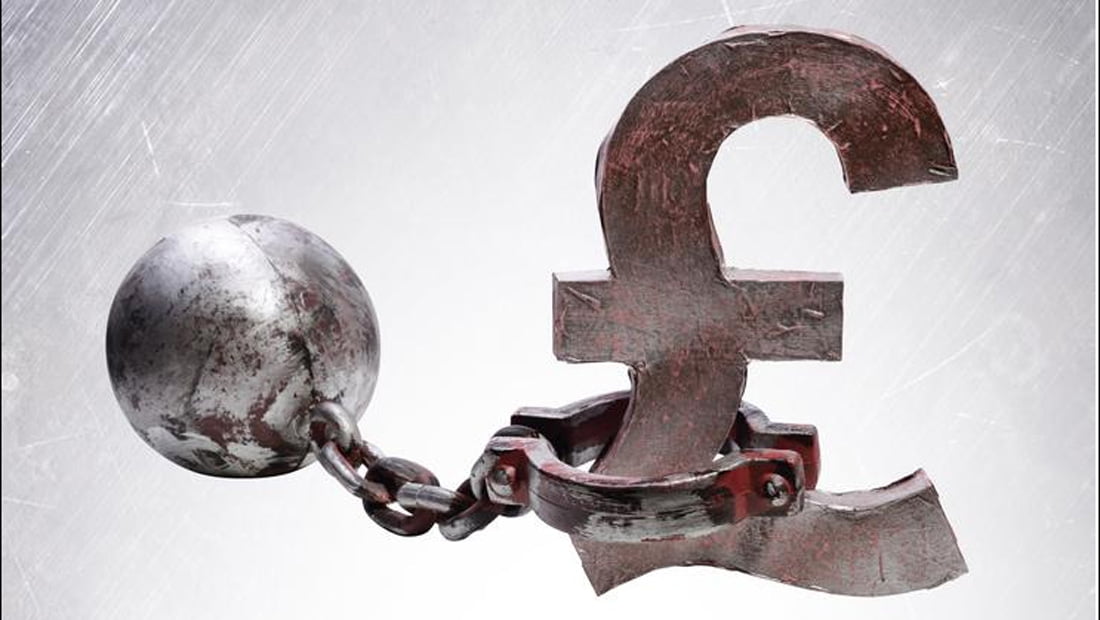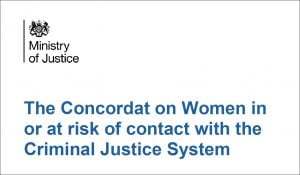Women’s imprisonment
Last week I blogged on some of the key statistics from Vicky Pryce’s book, “Prisonomics”, an account of her personal experience of being a prisoner in Holloway and East Sutton Park last year. As most readers will know, Ms Pryce is a highly accomplished economist who has held high positions with both management consultants and the government.
I was, therefore, really looking forwards to her applying her professional skills to the subject of women’s imprisonment and was hoping for a rigorous cost benefit analysis of women’s imprisonment to fill the current vacuum of exactly how Transforming Rehabilitation will seek to meet the needs of women offenders.
Key arguments
Ms Pryce met up with a number of key players in the women offending sector on her release. She was able to spend time with Nick Hardwick, Chief Inspector of Prisons, Frances Crook of the Howard League for Penal Reform, Yvonne Roberts of Women in Prison and many more.
Briefed by these individuals, she makes a number of key points:
- Only a small proportion of women are in prison for violent offences.
- Imprisonment is much more expensive than community sentences.
- Reoffending rates are much lower for community sentences compared to short prison sentences in particular.
- The children of imprisoned women often have to be taken into care at very high cost to the taxpayer.
- Education and employment schemes for women offenders are likely to reduce reoffending more than imprisonment.
Lack of conclusion
Disappointingly, Ms Pryce doesn’t go on to make use of the many different facts and figures she has collected. She makes reference to a wide range of studies but does not either subject them to a rigorous analysis or seek to pull different studies into a coherent case for change.
Although she makes a strong moral case against our over-imprisonment of women, I was hoping for an effective economic case. We know from the American experience that it was the economic arguments which prompted Republican States such as Texas to reverse their incarceration policies and invest in community rehabilitation again.
On reflection, I probably had unrealistic expectations for what is a mainstream book. Vicky Pryce has been a positive voice for reform of women’s prisons since her release and is donating the royalties from Prisonomics to Working Chance, an excellent organisation which helps women with criminal convictions find work.
I recommend adding it to your reading list:








